Drone pilots prefer these drool-worthy drones for tower inspections.
Multi-rotor drones — the drones that look like little helicopters but with more than one blade — make the best tower inspectors among drone types, because they can hover steadily in one spot and take pictures. Fixed-wing drones — which look like small airplanes — are not used in tower inspections but make more sense for inspections of structures that cover miles on the ground, such as a pipeline. A fixed-wing drone can cover more miles.
Here are few popular models made for industrial use in inspections. Many are DJI brand drones. Many of these drones are drones that the drone services company PrecisionHawk, which has backing from Verizon Ventures, will sell to customers who want to set up their own internal drone departments.
[Don’t miss special report and webinar “Operators taking flight: The emerging role of drones in network operations and maintenance”]
“From a hardware perspective, we’re agnostic. We just want to make sure that whatever hardware we’re flying or our clients are flying that (a) again [the drones]are safe and (b) they’re collecting data in a robust way that we can make sense of it on the processing analysis side,” said Pat Lohman, VP of Energy Solutions at PrecisionHawk in an interview with RCR Wireless News.
Helo Perspective’s Jake Carey, founder and COO, says the “Phantom 4 series drone and the Inspire series drones are probably the ones that we use most exclusively.”
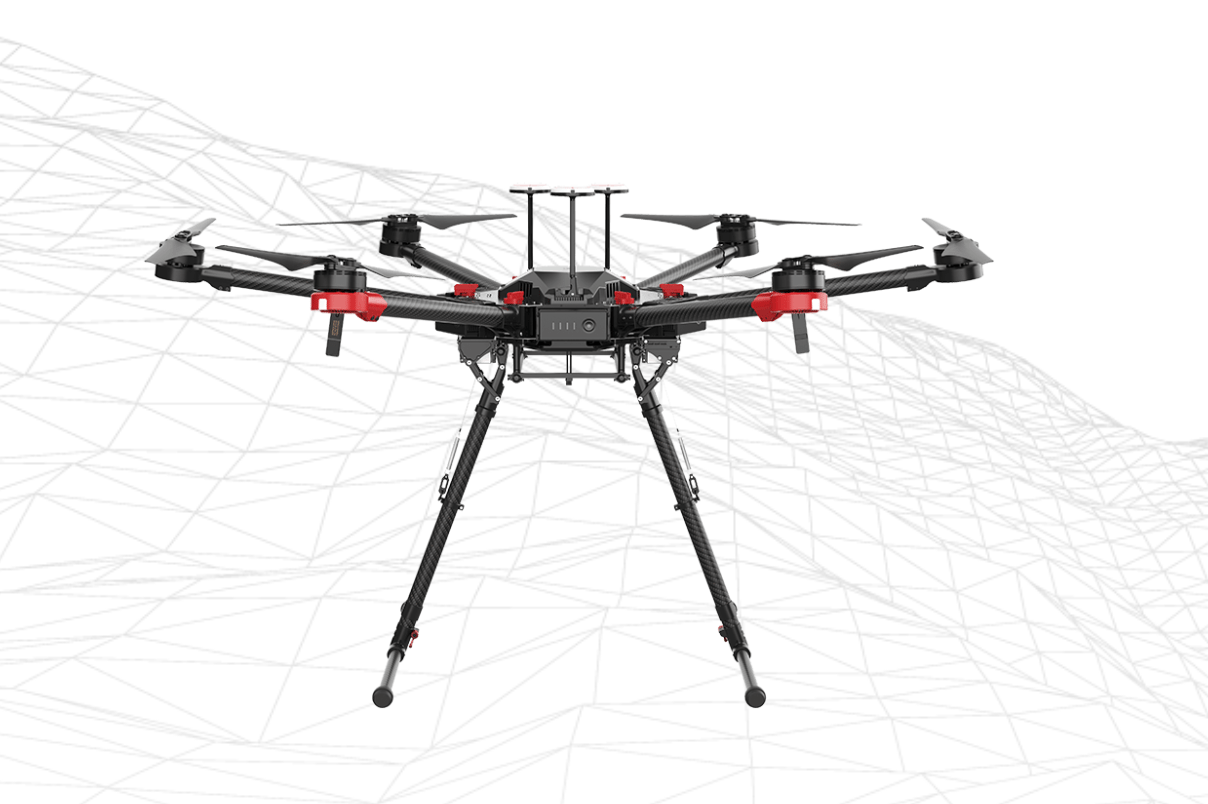
DJI Matrice 600 Pro (Image: PrecisionHawk)
DJI Matrice 600 Pro
The Matrice-600 Pro can handle sub-zero temperatures to high winds. It has built-in FPV camera with 2-axis stabilization, advanced obstacle detection and avoidance and flies for a maximum of 38 minutes.
This is one of the drones that PrecisionHawk uses and recommends to its clients.
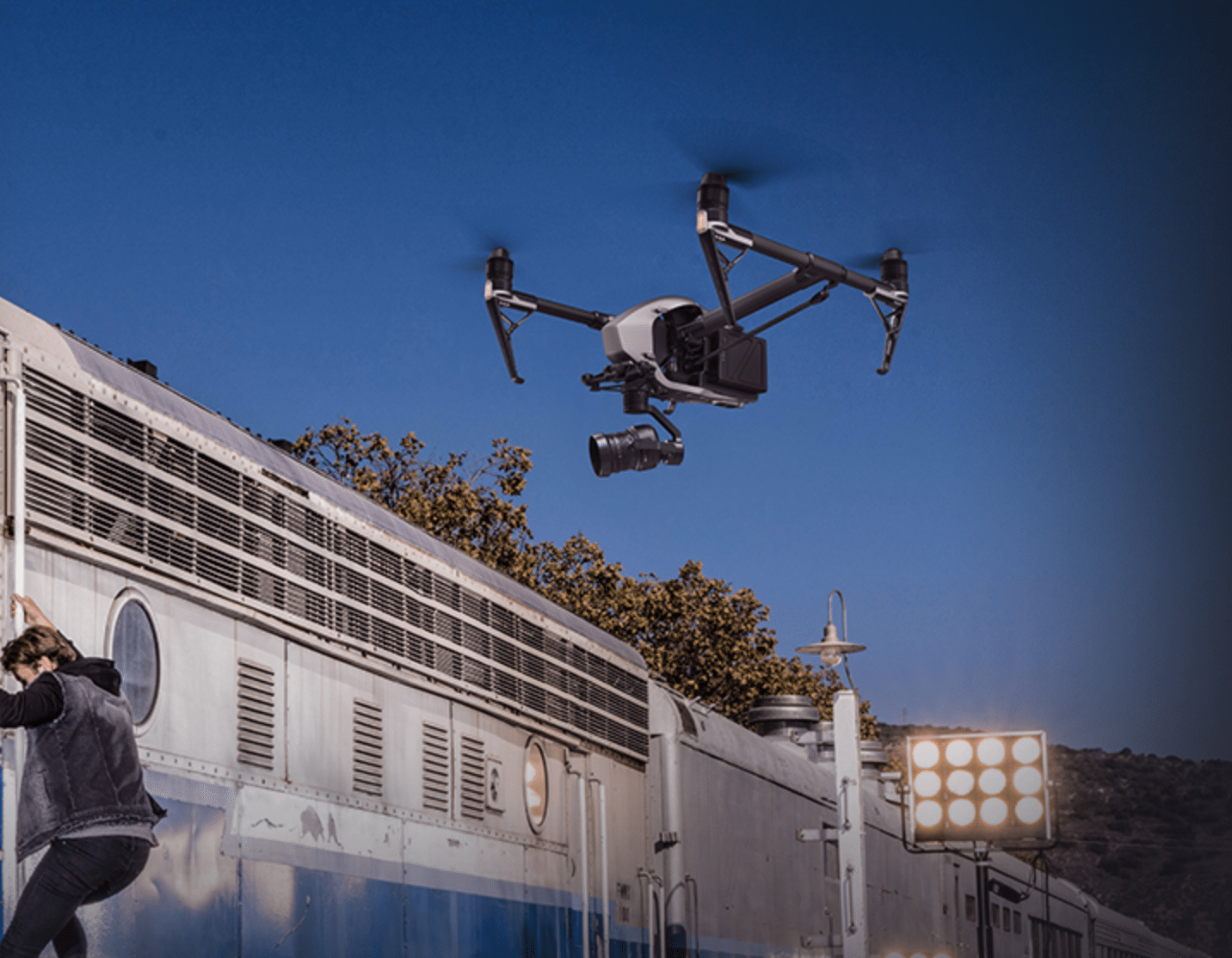
DJI Inspire (Image: DJI)
DJI Inspire
A compact drone with a “Z-Blade” design that has been reinforced with a new carbon fiber compound material for stability. It hovers without GPS and has a failsafe mode in autopilot. If the battery runs low or connection with your remote controller is lost, the Inspire 1 uses its positioning system and smart flight technology to return to its pilot. It has a sonar CPU chip that processes the sonar and visual and feeds the data in real-time to the Inspire’s flight controller, which in turn communicates with the entire aircraft.
The Inspire is a larger scale drone with higher capabilities than the Phantom 4 Pro, says drone services company Helo Perspective. The Inspire is more steady in the air. One of Helo Perspective’s favorite drones.
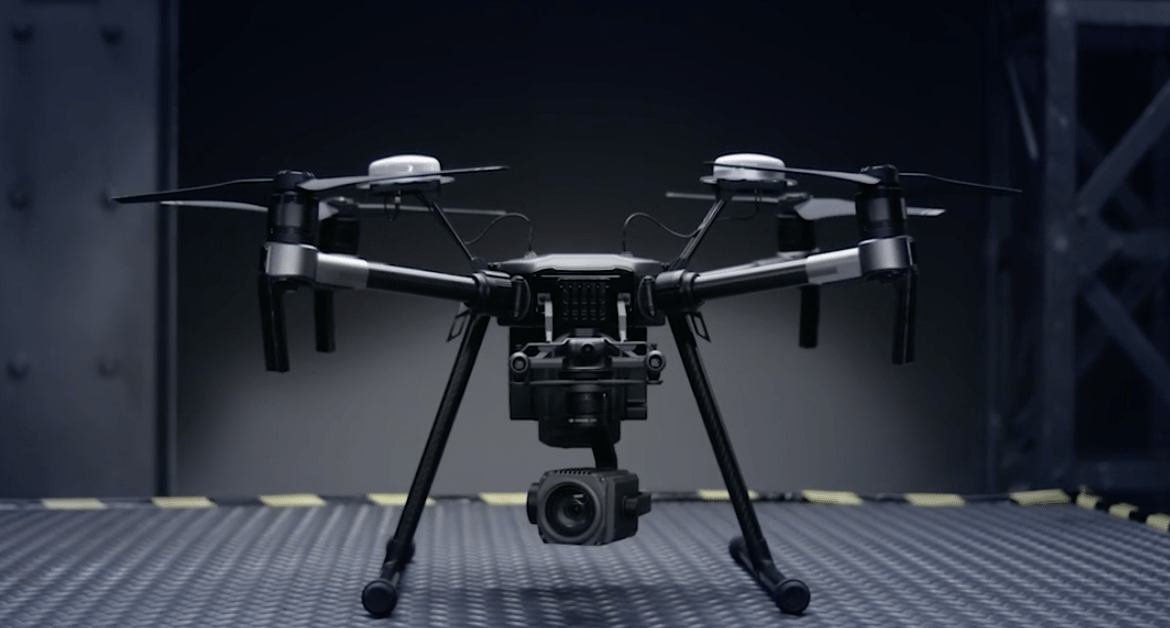
DJI Matrice 200 series (Image: DJI)
DJI Matrice 200 Series
A pro-level drone series designed for inspecting equipment on telecom tower. DJI claims it can detect millimeter-sized damage. It is also used for energy towers, windmills, bridge and offshore rig inspections, precision agriculture, construction site mapping, firefighting, and search and rescue. The version recommended by the manufacturer is M210 RTK + Z30 + X4S for telecom towers.
This drone claims rain resistance, a compact design, two batteries supporting 35 minutes of flying time and stereo vision systems; it carries a 2 kilogram payload. You can mount two gimbals to the front with two cameras at same time, and one on the top of the drone. The drone can sense and avoid objects, using DJI’s auto flying software. The upward-facing infrared sensor on the drone’s roof helps it avoid flying up into objects, like the bottom of a bridge.
This drone is in PrecisionHawk’s repertoire.
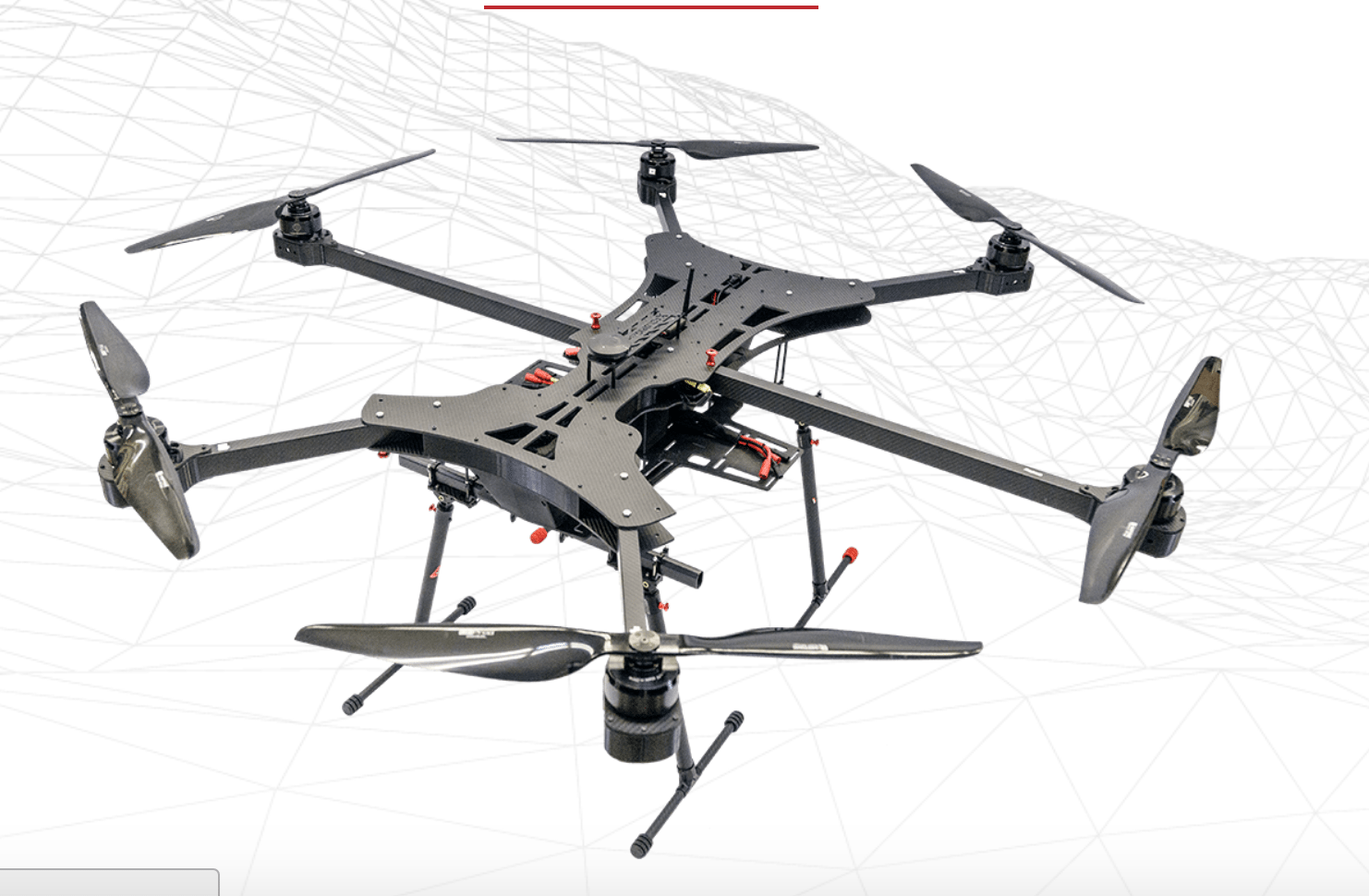
xFold Dragon drone (Image: PrecisionHawk)
xFold Dragon
Supercarrier payload capacity of up to 50kg with 60min hovering time, made in the USA. PrecisionHawk says it is:
- Great for search and rescue and industrial applications, with two cinema cameras
- Compatible with all commercial-grade flight controllers
- Modular (X6 or X8 motors & propellers) & folds down to ~30% of flight configuration for easy transport
- Payload distributed over a large surface area to maximize efficiency
- Unique engineering designed to keep central gravity 100% balanced with quick release sliding gimbal mounting system
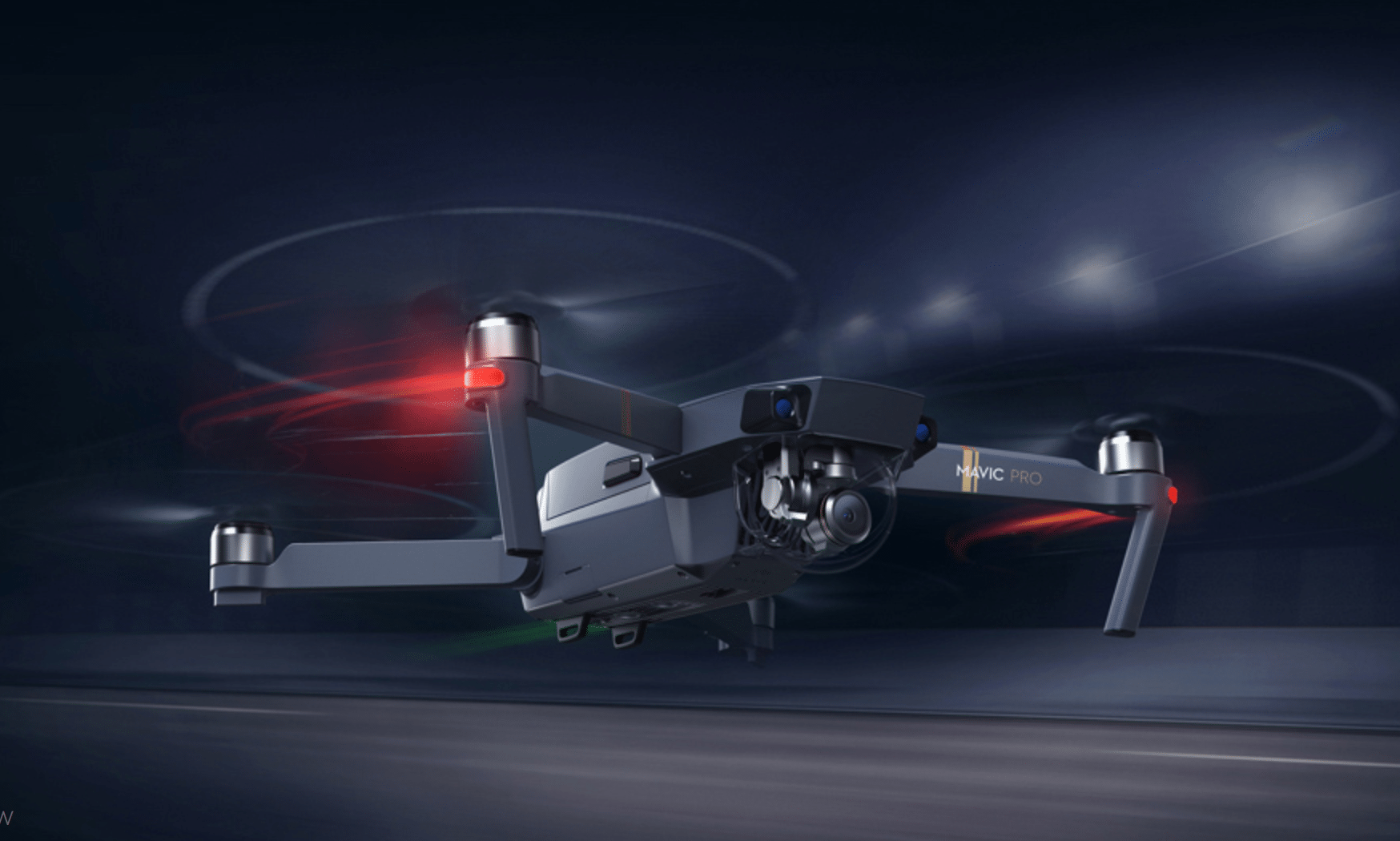
DJI Mavic (Image: DJI)
DJI Mavic
The DJI Mavic Pro is a small, powerful drone with 24 high-performance computing cores. It has five vision sensors, a 4K camera stabilized by a 3-axis mechanical gimbal, and flies for 27 minutes. It has a precision hover capability without GPS because it has forward and downward vision sensors.
This drone is also in PrecisionHawk’s repertoire.
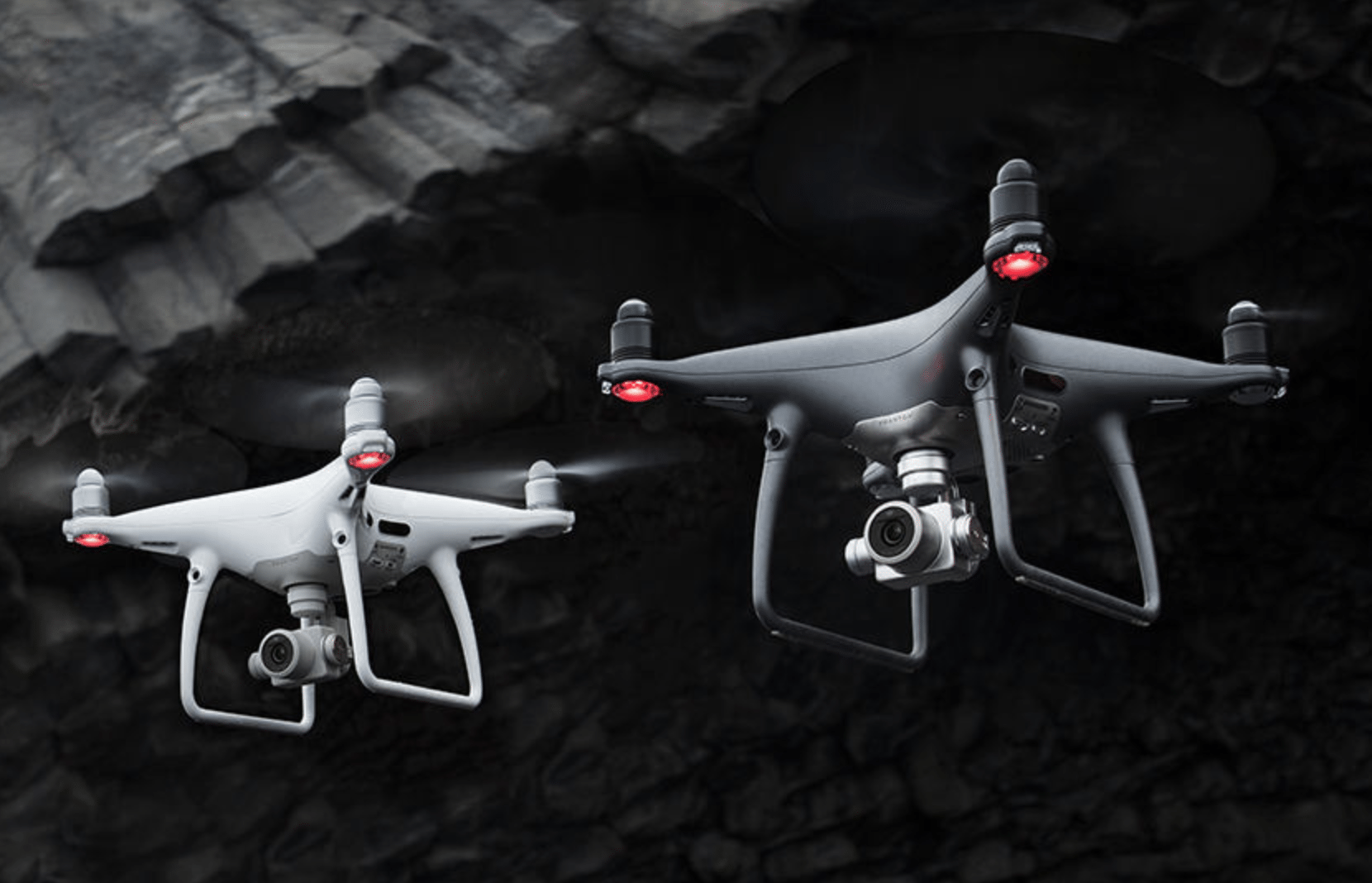
DJI Phantom 4 Pro (Image: DJI)
DJI Phantom 4 Pro
A workhorse for tower inspections in a smaller footprint. This drone’s camera has a 1-inch, 20-megapixel sensor capable of shooting 4K/60 frames-per-second video and burst-mode stills at 14 fps. The adoption of titanium alloy and magnesium alloy construction increases the rigidity of the airframe while reducing weight. It has a FlightAutonomy system with dual rear-vision sensors and infrared sensing systems for a total of 5-direction of obstacle sensing and 4-direction of obstacle avoidance. Helo Perspective uses this drone, and it’s one of their favorites.
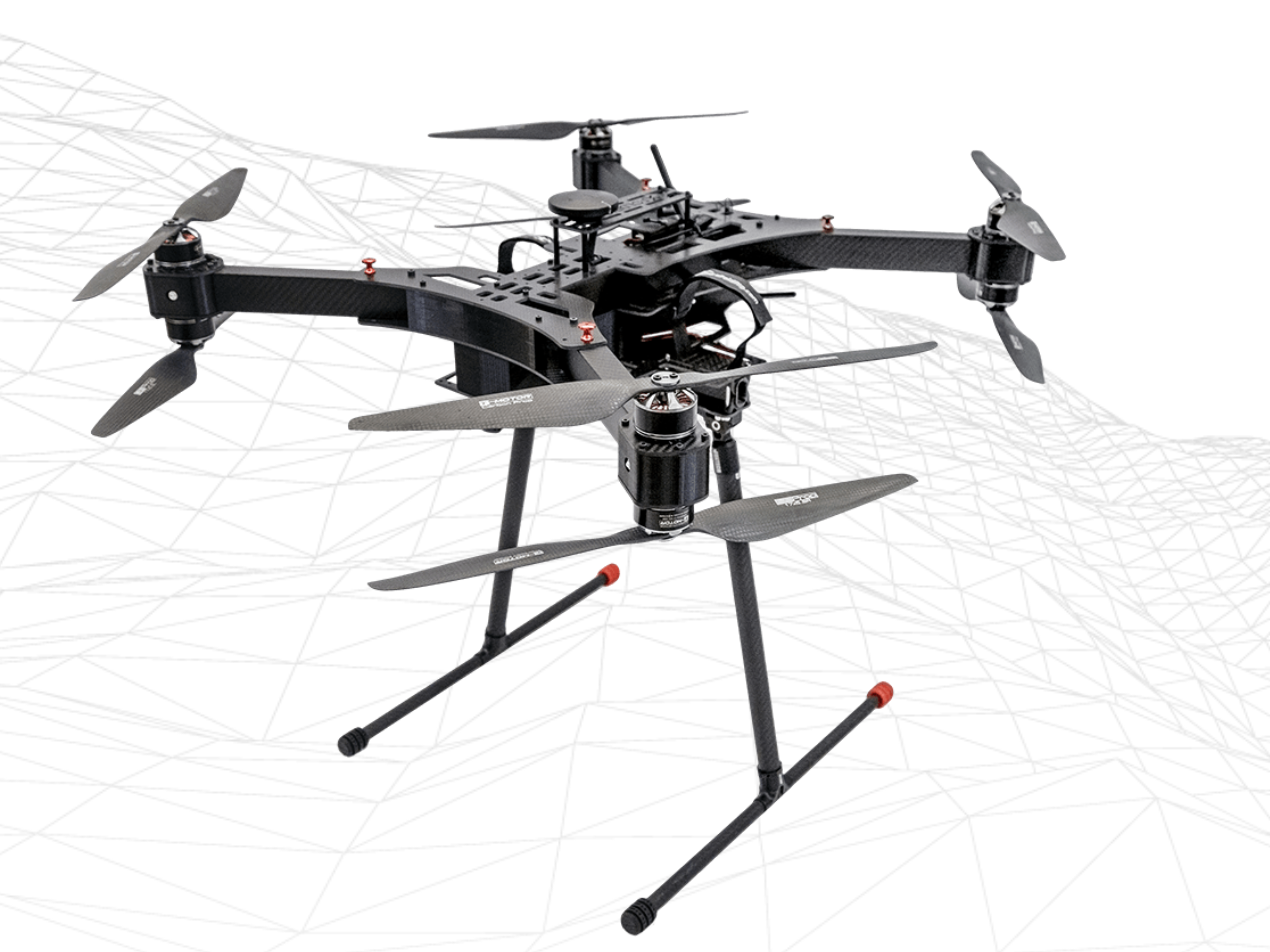
xFold Travel (Image: PrecisionHawk)
xFold Travel
One of the drones that PrecisionHawk recommends when helping customers setting up their own drone departments, this drone has dual operators and a full HD live downlink. It is compatible with all commercial grade flight controllers, the company says, and is modular (X8 or X12 motors & propellers). This bird folds down to ~30% of flight configuration for easy transport.
The post Operators take flight: 7 drool-worthy drones for tower inspections appeared first on RCR Wireless News.
